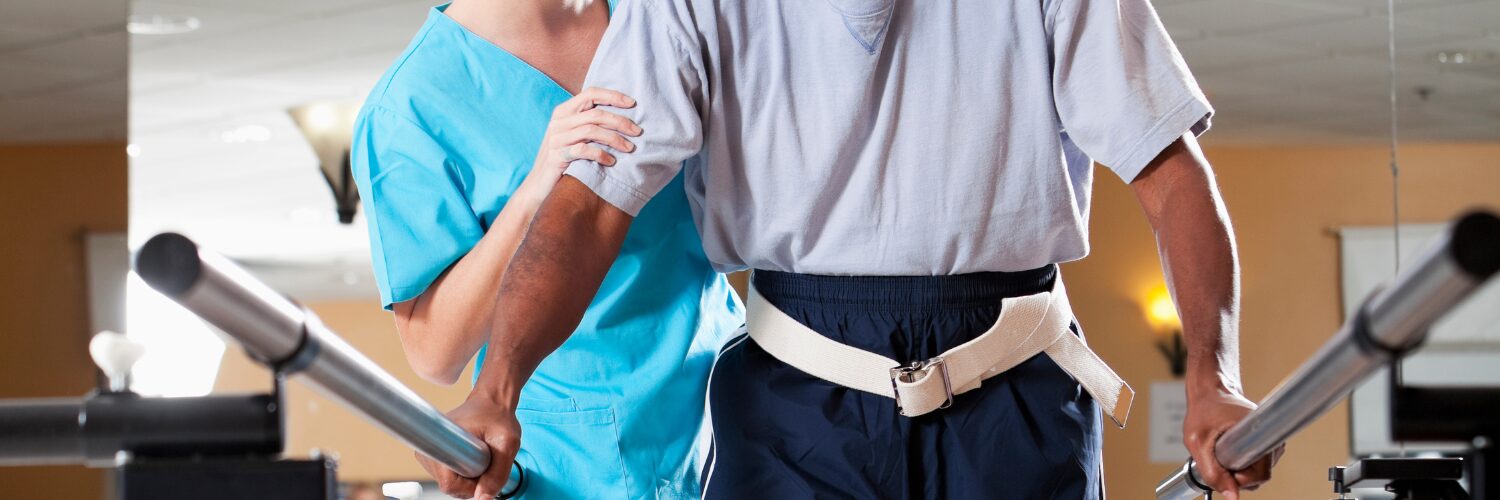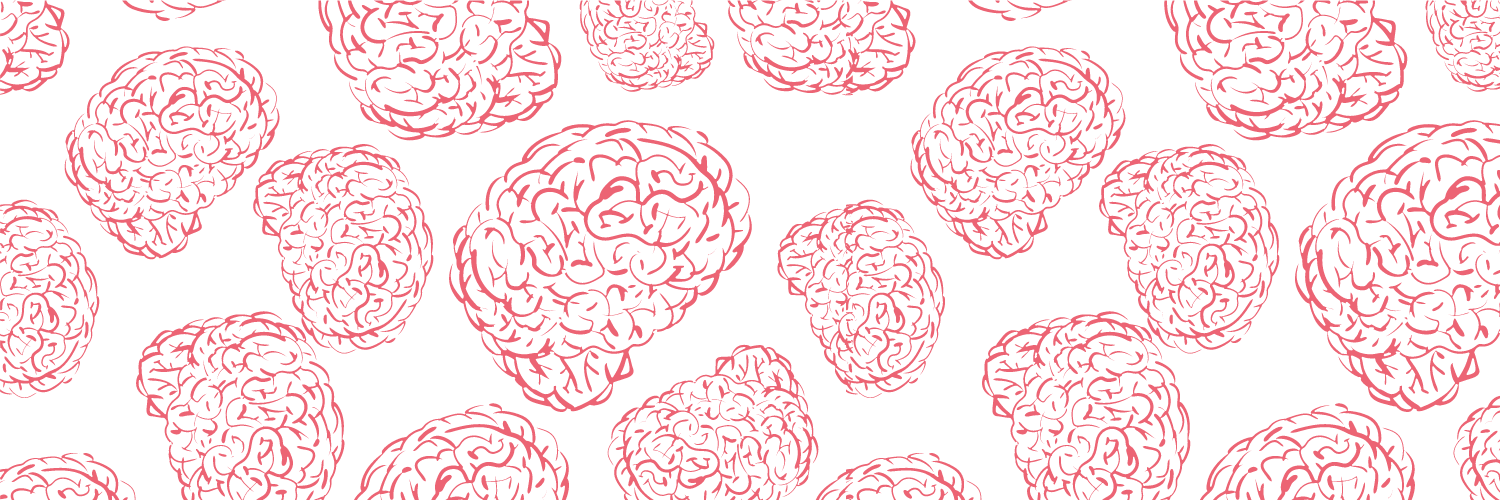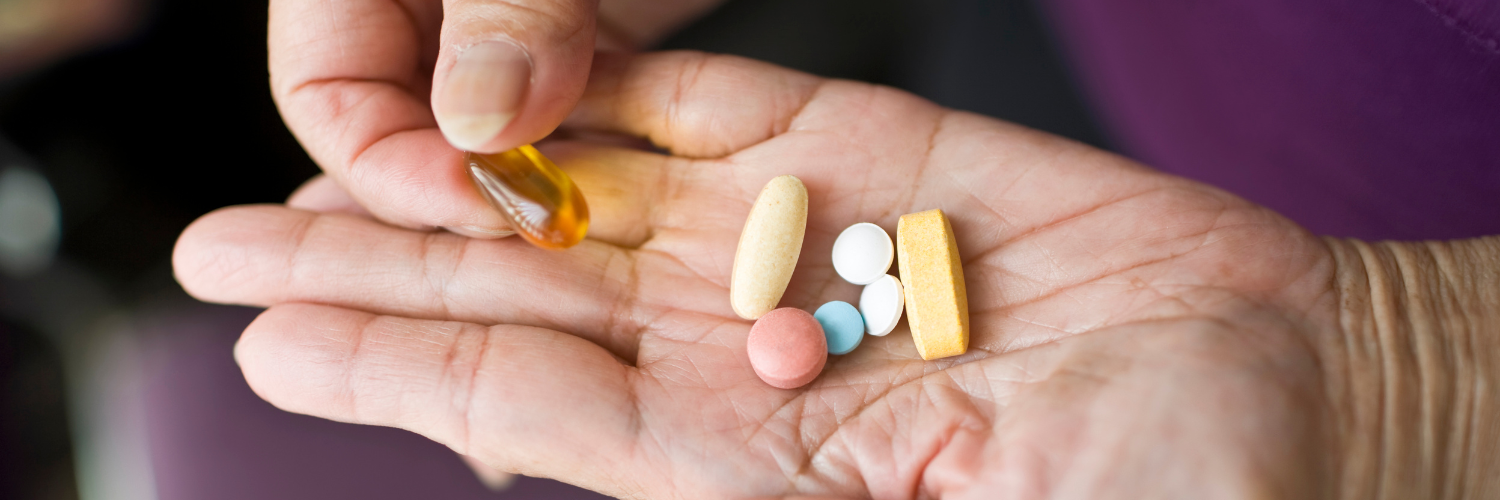For many stroke survivors, regaining mobility and confidence is a critical part of the recovery journey. However, stroke-related physical challenges, such as muscle weakness, balance issues, and reduced coordination, often increase the risk of falls. Falls can lead to serious injuries and setbacks, making fall prevention a top priority for stroke survivors and their caregivers.
This blog article will explore why fall prevention is essential, offer practical tips for staying safe, and highlight the role of balance therapy in recovery.
Why Fall Prevention Matters After a Stroke
A stroke can affect the brain’s ability to control movement and coordination, leading to:
- Weakened muscles on one side of the body.
- Reduced balance and coordination, increasing instability.
- Vision impairments that make it harder to navigate obstacles.
- Cognitive challenges that affect decision-making and reaction time.
Falls can cause injuries such as fractures or head trauma, but even minor falls can erode confidence, leading to reduced activity and slower recovery.
Practical Fall Prevention Tips
- Make Your Home Fall-Proof
- Clear pathways: Remove loose rugs, cords, and clutter.
- Install grab bars: Place them in key areas like bathrooms and staircases.
- Ensure good lighting: Use bright, consistent lighting throughout your home.
- Wear Supportive Footwear
- Avoid loose or slippery shoes. Non-slip soles and supportive footwear help maintain stability.
- Use Mobility Aids
- If advised by a physical therapist, walkers, canes, or braces can provide additional support. Consult a physical therapist to choose the right aid for your needs.
- Exercise Regularly
- Gentle exercises like stretching, yoga, or tai chi can improve strength, flexibility, and balance.
- Work with a Caregiver or Partner
- Having someone nearby when attempting new tasks or moving around can add an extra layer of safety.
How Balance Therapy Supports Recovery
Balance therapy is a specialized form of physical therapy that focuses on improving stability, coordination, and confidence in movement. Here’s how it helps:
- Strengthens Core and Leg Muscles: Therapists guide you through exercises to build strength in key muscle groups.
- Improves Coordination: Activities like stepping exercises or using balance boards train your brain and body to work together.
- Reduces Fear of Falling: Practicing movements in a safe, supervised environment boosts confidence.
- Adapts to Individual Needs: Therapists create personalized plans based on your abilities and goals.
Resources for Finding Balance Therapy
If you or a loved one is interested in balance therapy, here are some ways to get started:
- Ask Your Doctor: Request a referral to a physical therapist who specializes in stroke rehabilitation.
- Explore Local Resources: Many community centers and hospitals offer balance and fall prevention classes.
- Check Online Directories: Use tools like the American Physical Therapy Association’s (APTA) Find a PT tool to locate experts in your area.
While fall prevention and balance therapy require effort and patience, the rewards are worth it. Regaining your sense of stability not only reduces the risk of injury but also enhances your independence and quality of life.
Remember, every small step forward counts. With the right support and strategies, you can stay steady on your feet and continue progressing on your recovery journey.


%20(2)%20(1).png)



